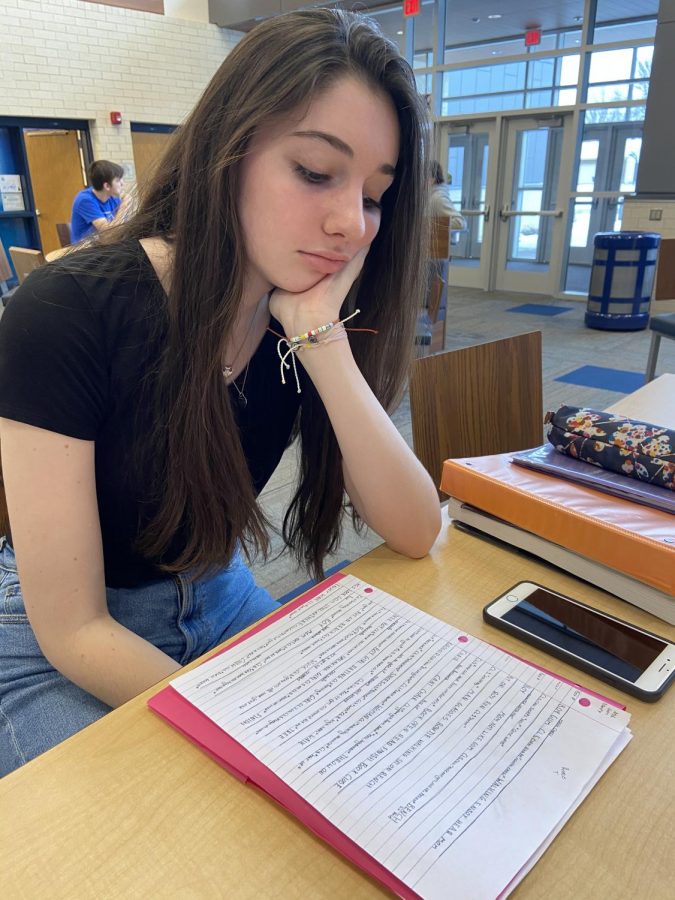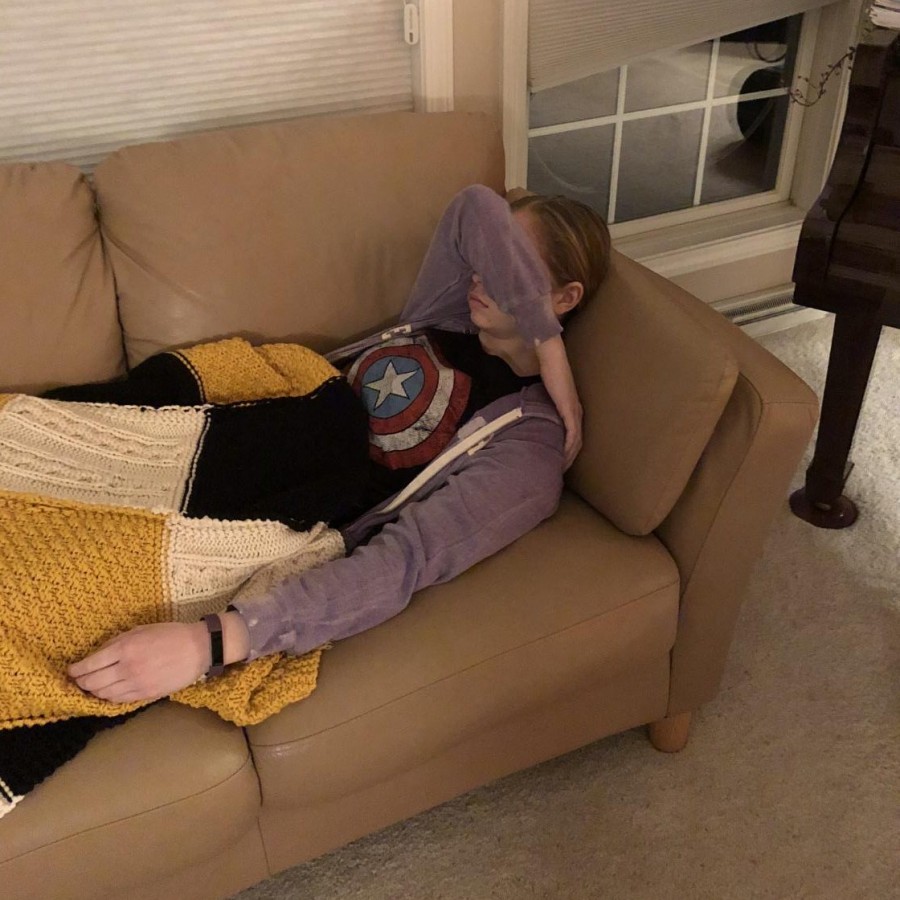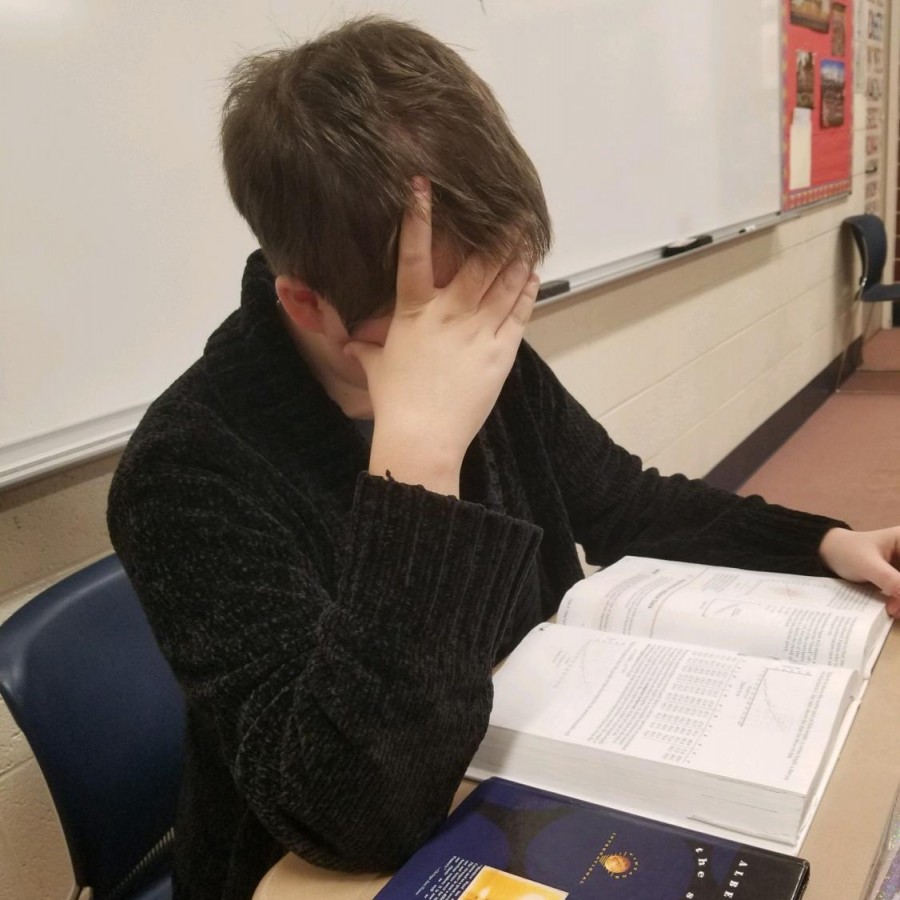As the weather gets colder, the “winter depression” sets in. A lot of people know that through the months of November, December and beginning of January are the most holiday filled time of the year. They are also associated with the idea of winter depression, or medically referred to as, Seasonal Affective Disorder (SAD). Some might think that they are just stressed for their upcoming finals or tired of being busy during the holiday season. However, there are scientific explanations for showing signs of depression during the winter months.
In an article by mayoclinic.org, they define SAD as a type of depression that begins and ends around the same time every year. PV’s school therapist, Kaitlyn Dwyer, talked about SAD and it’s statistics. Dwyer said SAD is, “Very common, More than 3 million cases per year in US”. Most people who develop SAD usually don’t realize they have it because the signs seem to be so generalized to winter behavior. Losing interest in favored activities, problems with sleeping, change in appetite, having difficulty concentrating, having low energy, and thoughts of suicide are all common signs of SAD.
SAD can affect anyone at any time throughout the year, but it is most commonly seen in the winter seasons. Senior Matthew Fisher said, “I feel most sad during the late fall to early winter months. That’s usually when it’s rainy and it just looks dull outside”. On a website titled mind.org.uk, it describes the different causes of SAD and how most of it relates back to light and its effect on the brain.
Light effects the vitamin D and serotonin levels in the body and even a person’s circadian rhythm. When people see light, their body begins to send and receive different messages in the brain. These messages control things like sleep, appetite, temperature and mood, but every individual is particular about how much light is truly required for them to properly function. These effects are what sets people with SAD apart from those who are just tired.
Dwyer also added that SAD is, “Common among people living in higher/northern latitudes, younger persons are at higher risk (high school students/college students), and women are more likely than men to experience this condition”.
People who are diagnosed with SAD have three different main forms of treatment. There is light therapy, behavioral therapy and medications. Light therapy treats by emitting a bright light that imitates a sun rise. This light regulates a person’s mood by changing the chemicals in the brain. Behavioral therapy teaches people who suffer from SAD how to manage their emotions, and prescribed medications provide some form of selective serotonin reuptake inhibitors, also known as antidepressants.









